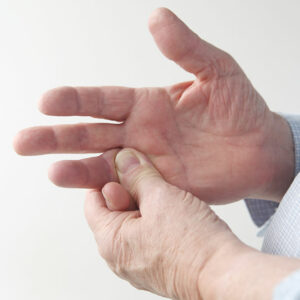6 warning signs of asthma

Asthma is a chronic respiratory condition that affects over 262 million people around the world. Learning about the early warning signs of asthma can help patients and their families better manage the condition. Early detection can also help in preventing asthma attacks from worsening. Further, as soon as one notices breathing difficulties, it is important to consult a doctor and work with them to develop a management plan when dealing with the condition.
Persistent cough
A persistent cough is one of the most common symptoms of asthma. Exposure to dust, dirt, or other irritants can easily trigger this issue, and exercising can also induce cough when dealing with asthma. While this issue could be a symptom of other conditions, if the cough develops in combination with wheezing, shortness of breath, and chest tightness, it can be an early warning sign of asthma.
Wheezing
Respiratory trouble is often associated with inflammation and narrowing of the airway, causing wheezing, another common sign of asthma. Wheezing noises accompany the breathing process and worsen when one has been exposed to allergens or has been exercising. Not everyone with asthma will experience this symptom, but sometimes wheezing can indicate that asthma has worsened.
Shortness of breath
When dealing with asthma, the airways become inflamed and narrow. The change in the structure can lead to shortness of breath. Generally, one experiences a mild to moderate form of this symptom, however, the intensity might vary based on the presence of other symptoms. Sometimes, when experiencing severe shortness of breath, one can experience symptoms like blue face, blue lips, or chest pain. These symptoms indicate a serious asthma attack that requires immediate medical attention.
Fatigue
Fatigue is another warning sign of asthma when it does not go away even after getting enough rest and avoiding strenuous activities. Asthma causes breathing difficulties that can easily tire the body in its quest to get enough oxygen. As the body works overtime to get the desired oxygen supply, it exhausts itself, causing fatigue.
Rapid breathing
Tachypnea, a condition marked by rapid breathing, is another warning sign of this respiratory disorder. Rapid breathing develops because of narrow airways that get inflamed because of constant irritation. However, this could be a sign of other health conditions like bronchitis, pneumonia, COPD, and more. At times, rapid breathing might just be a result of running or other forms of exercise. So, it is important to seek a proper diagnosis to rule out other underlying conditions before initiating treatment for asthma.
Trouble sleeping
Difficulty falling or staying asleep is another warning sign of asthma. It can develop due to discomfort associated with other symptoms like shortness of breath, coughing, and wheezing. These issues affect the overall sleep quality, further contributing to fatigue. Disturbed sleep can be especially seen at night or in the early hours of the morning. Factors like a change in temperature and exposure to allergens in the room can trigger sleeping issues.
If one notices one or more of these warning signs, they should consult a doctor and get an early diagnosis.



